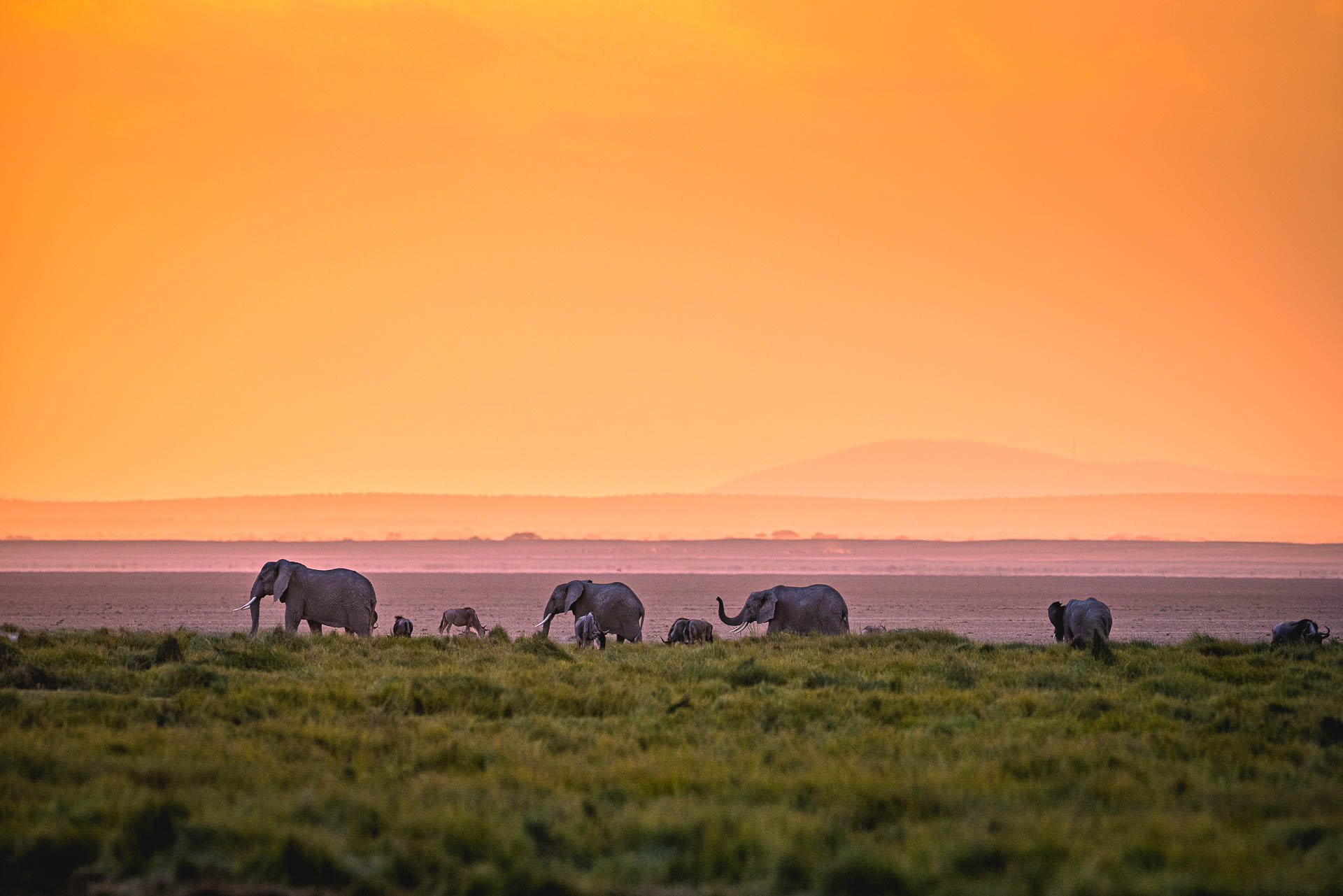Kenya’s varied ecosystems and landscapes mean that there are more diverse species in Kenya than in any other country in Africa. It has been the natural home of celebrity safaris and royalty since the 19th century and remains arguably the most spectacular safari destination with unparalleled wildlife viewing.
A safari is more than game drives and ticking-off the “Big Five”. It is an understanding of all elements of the wilderness around you from the big cats to the busy dung beetle. It means getting out of the car and walking on foot. Visiting at least three of the main eco-systems – the semi-arid, dramatic landscapes with rare species, the mountain forests, and the lush savannahs of the Masai Mara; tracking with your guide, swimming in forest rivers, and absorbing the sounds and smells of the African bush.
Spectacular views, variety of experiences and excellent cuisine are all an integral part of a safari. Kenya offers many superb private conservancies and unique boutique safari camps and lodges; some safari destinations suit low-key tented camps and others large open airy rooms with stunning views.


